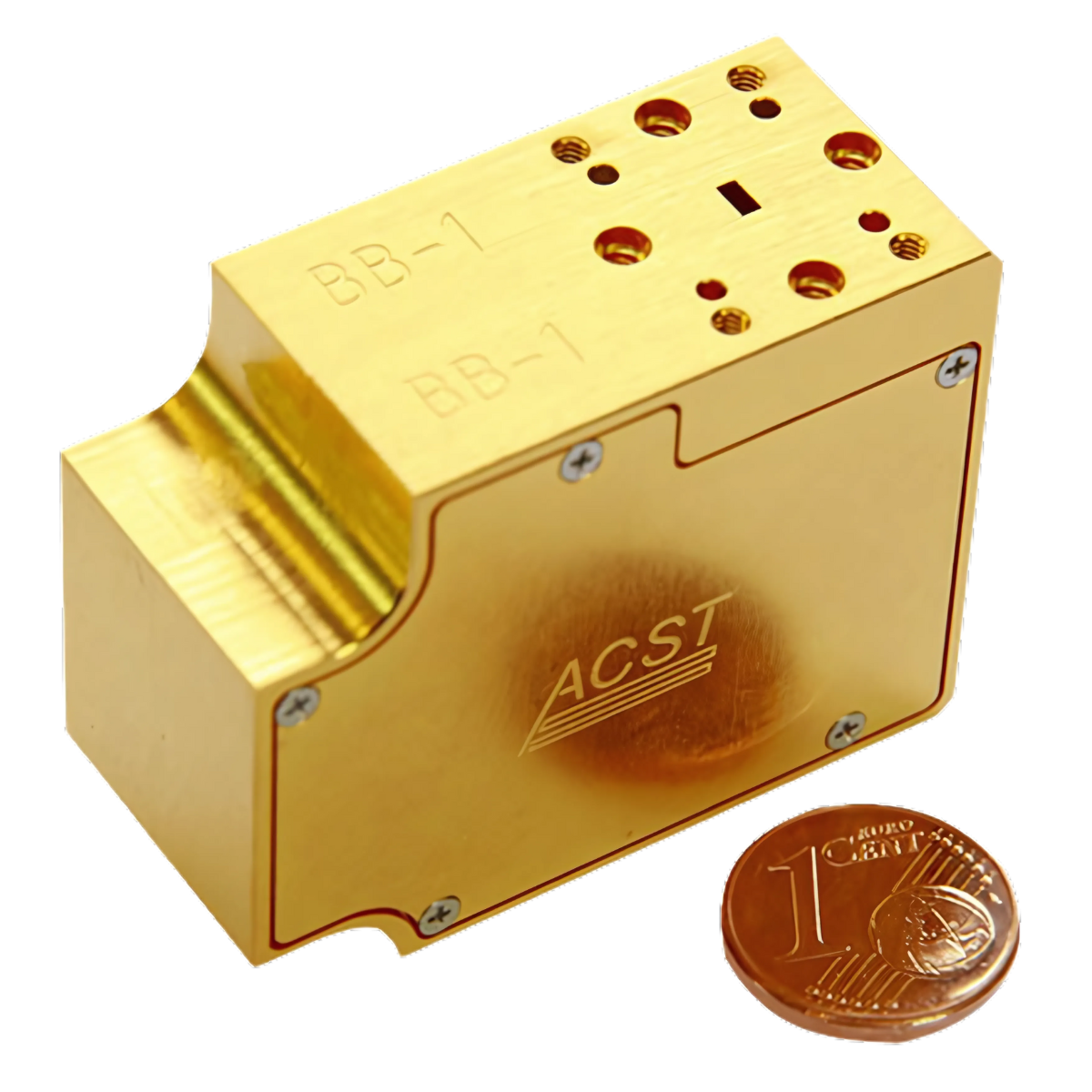
Waveguide-Based Zero-Bias Detectors for THz and mmWave Signals
ACST offers a range of waveguide-based detectors for direct detection of millimeter-wave (mmWave) and terahertz (THz) signals. These detectors use Schottky diodes with integrated passive matching circuitry. As a result, they provide high sensitivity, low noise, and wide bandwidth in a compact footprint.
Signal Detection Method
THz and mmWave signals are coupled into the diode using either a waveguide coupler or an optical lens. The Schottky diode then rectifies the signal, converting it into a clean DC output. This direct detection method enables fast signal processing and minimal hardware complexity.
Envelope and Square-Law Detection
These detectors are often referred to as envelope detectors or square-law detectors. They are some of the simplest and most sensitive devices for mmWave and THz detection. Because they operate at room temperature and require no active bias, they’re easy to integrate into existing systems. Their response time is also extremely fast—limited only by surrounding electronics and cabling.
Zero-Bias Schottky Diode Advantages
All ACST waveguide detectors use zero-bias Schottky diodes (ZBDs). These components eliminate the need for voltage or current bias, which reduces excess noise. In turn, this improves linearity, compatibility with high-speed readout systems, and overall signal-to-noise performance.
Use Cases and Applications
Thanks to their low power requirements and fast response, ACST’s waveguide detectors are ideal for:
- Real-time THz power monitoring
- Radiometric measurements
- High-speed data transmission systems
- Industrial sensing setups
- Scientific research facilities


